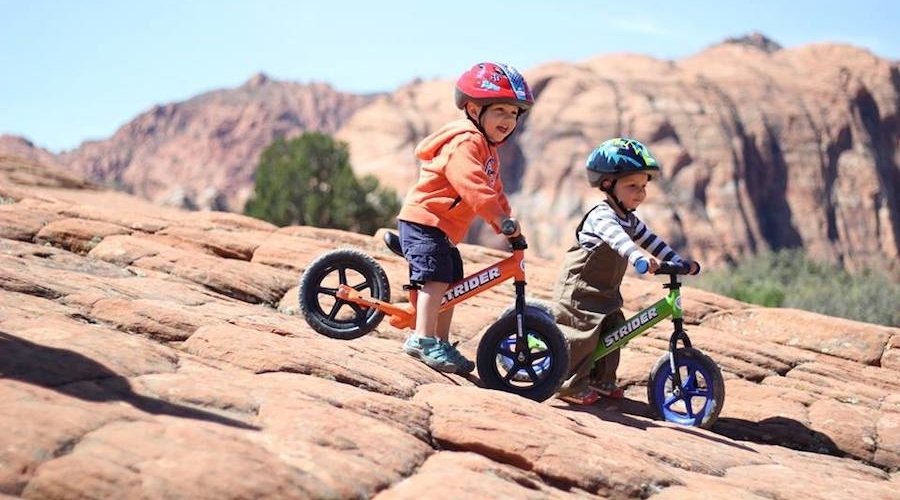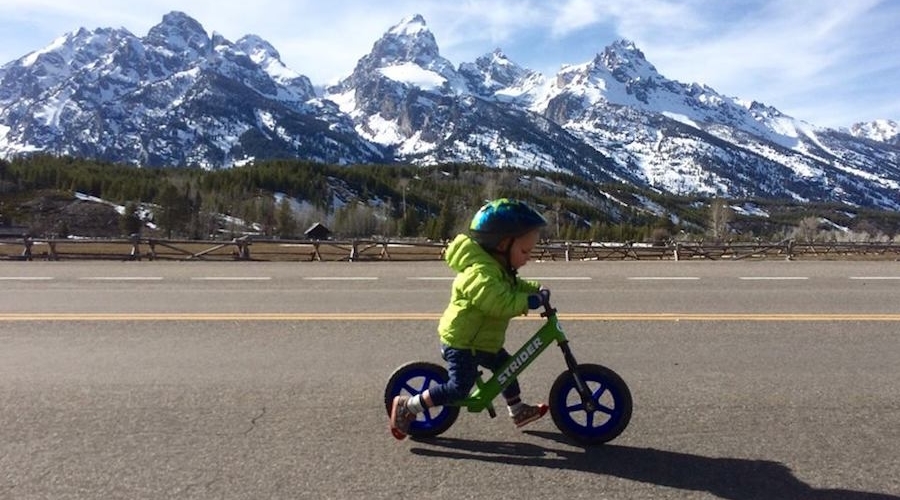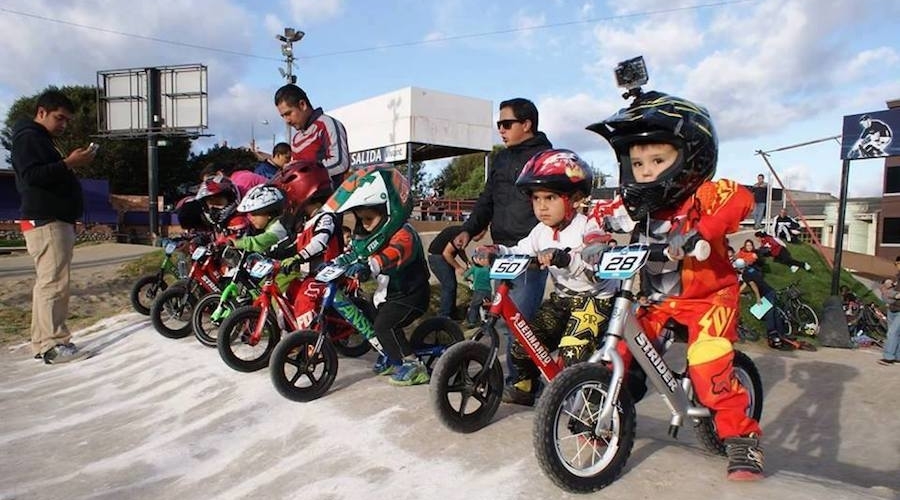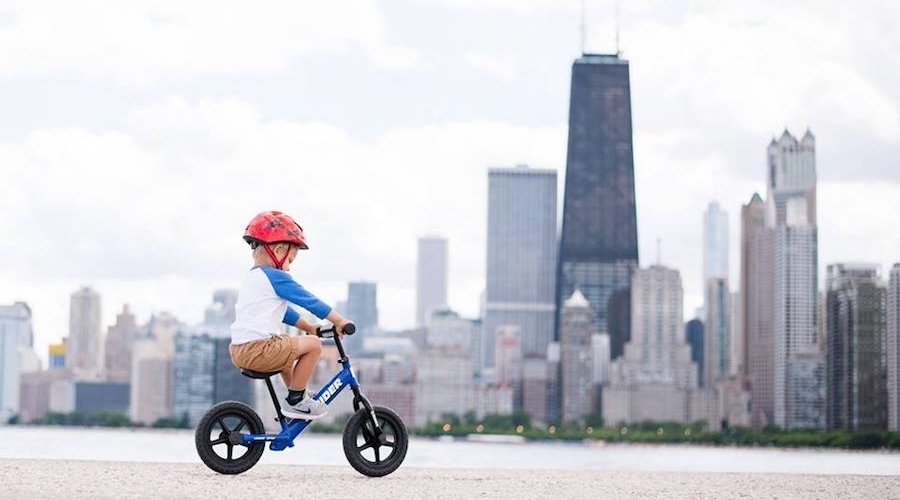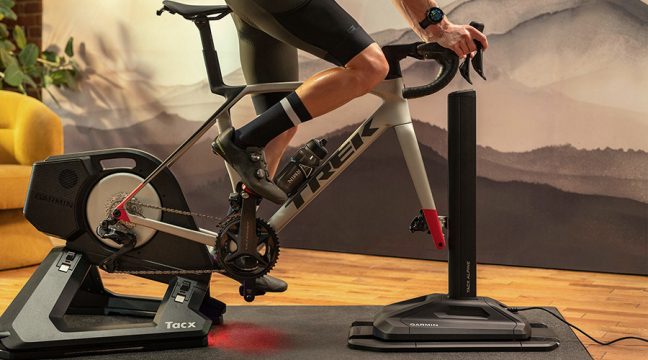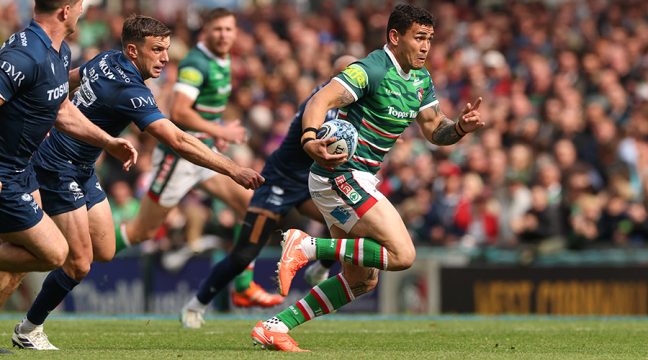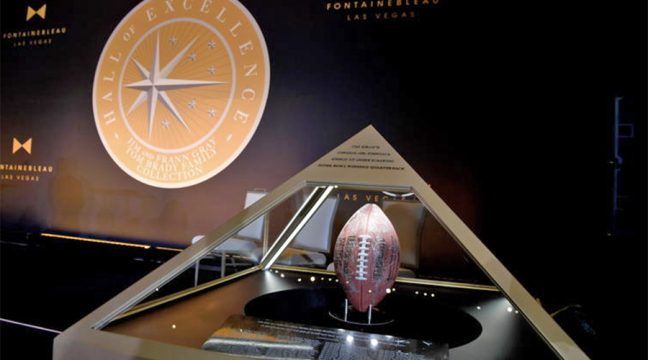“Riding a bike used to be what kids did in most of their spare time. Now they don’t have to leave the house to be entertained. I think the development of the Strider was a big win for the bike industry and is getting kids passionate about riding.” -Ryan McFarland, Founder, Strider
Writer: Travis Poulin
Many children have learned to ride a bike the old fashioned way – with training wheels. Eventually, the training wheels would be removed and the child would experience the freedom of riding a bike on their own with much trial and error. The learning process has since changed for many children with the introduction of simpler bikes that use balance to train children to ride a bike without pedals.
The Strider bike revolutionized the way children learn to ride bikes by taking away components of the bike that were thought to be necessary for learning. On a Strider, children rely on balance and their own leg strength to stay on the bike and propel forward.
Ryan McFarland founded Strider after an experiment he conducted observing his son trying to learn to ride his bike with training wheels. An advocate of balance training, McFarland had the thought to modify his son’s bike by removing the training wheels, pedals, drivetrain and cut the frame of the bike to what would become the first prototype of the Strider bike.
“Once I had the epiphany that pedals weren’t the only way to make a bike move, I started thinking about chainless races and downhill riding and realized there are many ways to make a bike move,” McFarland said. “Using leg power seemed to be the most natural way.”
McFarland thought his son would learn more by using balance and his own leg strength, allowing him to explore terrain he had not thought possible on such a small bike, and the idea took off. He said for many children, the Strider can be the first balance exercise where children use subliminal sensory analysis.
“When you have a rider with only 12 inch leg length, like many children do when they first get on a bicycle, there is no way they can optimize their pedaling power,” McFarland said. “But if they can use the full power of their legs to propel the bike they can ride on all types of terrain, not just flat surfaces. The bikes allow them to ride almost anywhere they can walk.”
McFarland said the next domino in his process was showing his son that he could ride anywhere he pleased. “It injected a fun factor,” he said. “And ignited his passion for riding. It allowed him to ride terrain he never could with training wheels.”
McFarland said the bicycle faces tough competition in today’s world against organized sports and video games, and getting kids to ride can be a challenge. “Riding a bike used to be what kids did in most of their spare time. Now they don’t have to leave the house to be entertained.” He said he feels the Strider has allowed kids to gain the passion to ride from an early age.
“I think the development of the Strider was a big win for the bike industry and is getting kids passionate about riding.”
Photos courtesy Strider

